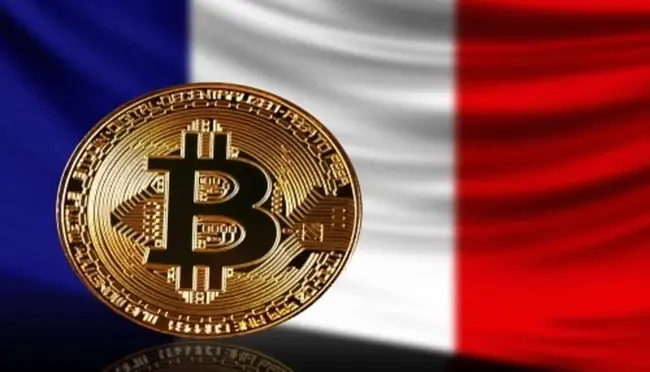Highlights:
- Centralized crypto oversight will help ESMA ensure equal supervision and protect the euro from foreign stablecoin risks.
- The Bank of France pushes for stronger EU supervision to close market gaps and secure investor confidence.
- Villeroy de Galhau calls for strict rules on stablecoins to safeguard Europe’s financial strength and stability.
The Bank of France has urged the European Union to give the European Securities and Markets Authority (ESMA) direct oversight of crypto-asset issuers. Governor François Villeroy de Galhau made the call during the ACPR-AMF Fintech Forum in Paris. He said that relying on national regulators creates gaps that weaken investor protection and allow inconsistent rule enforcement. According to him, central supervision by ESMA would strengthen compliance and help build trust in Europe’s crypto markets.
BREAKING: 🇫🇷 Bank of France governor urges EU to strengthen MiCA by centralizing crypto supervision under ESMA to prevent regulatory arbitrage and protect against dollar-backed stablecoins threatening European monetary sovereignty. pic.twitter.com/VtPESRznga
— WhaleInsight 🐋⚡ (@whale_insight) October 10, 2025
Villeroy de Galhau added that fragmented supervision risks uneven enforcement as crypto firms expand rapidly across the region. He said that ESMA, which is based in Paris, should hold direct authority to ensure all major crypto firms meet the same standards. His proposal aligns with ongoing discussions in Brussels to strengthen financial supervision across the bloc. The governor stressed that a unified approach under ESMA would close enforcement gaps and prevent differences in national oversight from creating weak points.
Recent issues have supported his argument. ESMA raised concerns over Malta’s licensing process, saying that its financial watchdog fell short in approving a crypto company. France’s securities regulator, the AMF, also warned about inconsistencies linked to MiCA’s implementation. Villeroy de Galhau said that Europe must protect investors and its financial integrity by adopting a single supervision model. He described this approach as vital for fair competition and stable growth within the digital asset sector.
ESMA Urged to Lead Centralized Crypto Oversight to Protect the Euro’s Stability
Villeroy de Galhau also focused on the growing threat posed by dollar-backed stablecoins. He said these assets could weaken the euro’s position in global markets if left unchecked. Under MiCA, companies can issue the same stablecoin both inside and outside the EU while keeping partial reserves. He called this allowance a major weakness that could increase financial risk and lead to arbitrage during times of stress.
He urged the EU to strengthen the framework and limit the multi-issuance of stablecoins to protect Europe’s financial stability. The governor said stricter oversight would stop unregulated foreign stablecoins from influencing Europe’s monetary system. He emphasized that the euro must remain the primary settlement currency in European markets. According to him, centralized crypto oversight by ESMA would reduce loopholes and maintain Europe’s independence in digital finance.
Other European officials have raised similar concerns. The Bank of Italy’s Deputy Governor, Chiara Scotti, said that multi-issuance models create legal and operational risks, especially when issuers are based outside the EU. The European Systemic Risk Board also urged the EU to ban multi-issuance practices both within and beyond the bloc. These warnings reflect a growing consensus that tighter supervision is essential for financial stability. Villeroy de Galhau said that Europe must act quickly to close these risks before they undermine the region’s monetary strength.
🚨 BREAKING: Bank of Italy calls for tighter rules on global multi-issuance stablecoins. Vice director warns of risks to EU financial stability, advocates for restrictions. #BankOfItaly #Stablecoins
— CryptoAlert (@SatoshiWatch) September 19, 2025
Banque de France Pushes for a Digital Euro and Private Collaboration
The Bank of France has intensified efforts to develop a “wholesale” digital euro to support Europe’s financial independence. Villeroy de Galhau said the project would allow banks to settle tokenized assets directly in central bank money. He mentioned projects such as Pontes and Appia, which aim to create a unified digital platform for tokenized assets, deposits, and securities. He added that this work could remove technical barriers and strengthen cross-border integration in European markets.
Nevertheless, Villeroy de Galhau remarked that a central bank digital currency is insufficient. He urged the private banks to release tokenized deposits or stablecoins denominated in euros to provide a supplement to the national effort. He claimed that the two sectors need to work together so that Europe can stay competitive in digital finance.





